In the shadowy realm of forests and mountains, wolves move like ghosts, aware of their surroundings in ways humans can scarcely comprehend. These apex predators have evolved sensory abilities that border on the supernatural, allowing them to detect prey, predators, and pack members across vast distances. A wolf’s sensory perception isn’t just impressive—it’s essential to their survival in harsh wilderness environments where every advantage matters. From detecting prey miles away to hearing sounds far beyond human capability, wolves’ senses paint a richer, more detailed picture of the world than we can imagine. This exploration into the remarkable sensory capabilities of wolves reveals not just how they hunt and survive, but offers a glimpse into a different way of experiencing the natural world—one filled with information and stimuli that remain invisible to human perception.
The Evolutionary Advantage of Wolf Senses
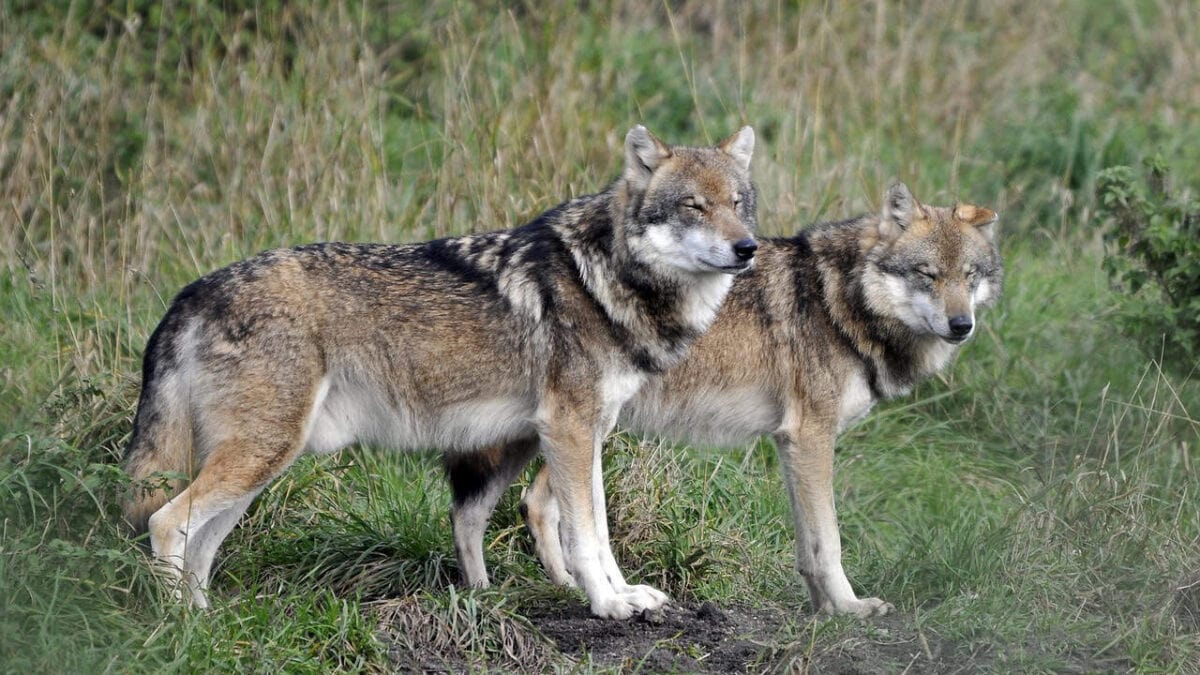
Wolves’ extraordinary senses didn’t develop by chance—they evolved over millennia as essential survival tools. As pack hunters covering large territories, wolves needed to develop sensory capabilities that would allow them to detect prey from great distances, communicate with pack members across expansive territories, and identify potential dangers well before encountering them. Natural selection favored individuals with superior sensory abilities, gradually enhancing these traits across generations. Today’s wolves are the result of this evolutionary pressure, possessing some of the most refined senses in the animal kingdom.
The Canis lupus species has been refining these sensory abilities for approximately 1.5 million years, with modern wolves representing the pinnacle of this evolutionary journey. Their senses work in concert, creating a comprehensive awareness of their environment that compensates for any individual sensory limitations. This sensory integration gives wolves a significant advantage in their ecological niche as apex predators, allowing them to thrive in diverse habitats ranging from arctic tundra to dense forests and open plains.
The Structure of a Wolf’s Eye
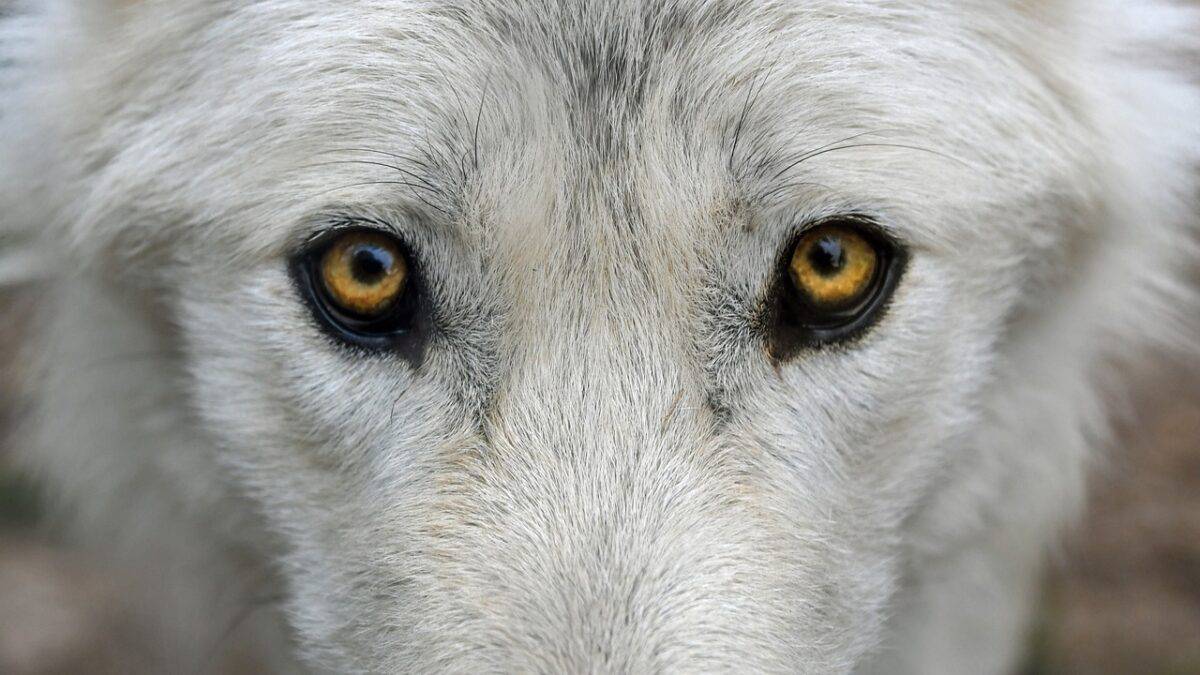
Wolf eyes are marvels of biological adaptation, specifically designed for their predatory lifestyle. Unlike human eyes, wolf eyes contain a higher percentage of rod cells—specialized photoreceptors that excel at detecting movement and functioning in low light. This abundance of rod cells comes at the expense of cone cells, which are responsible for color perception. The result is a visual system optimized for detecting motion in dim conditions rather than distinguishing between colors.
Another key feature of wolf eyes is the tapetum lucidum, a reflective layer behind the retina that effectively gives light a “second chance” to be detected by photoreceptors. This structure is responsible for the distinctive eyeshine that makes wolf eyes appear to glow when illuminated at night. The tapetum lucidum significantly enhances a wolf’s night vision by reflecting light that passes through the retina back through it, essentially doubling the light available to photoreceptors. Structurally, wolf eyes also have a wider field of view than human eyes—approximately 250 degrees compared to our 180 degrees—allowing them to monitor more of their surroundings simultaneously without turning their heads.
Night Vision Capabilities
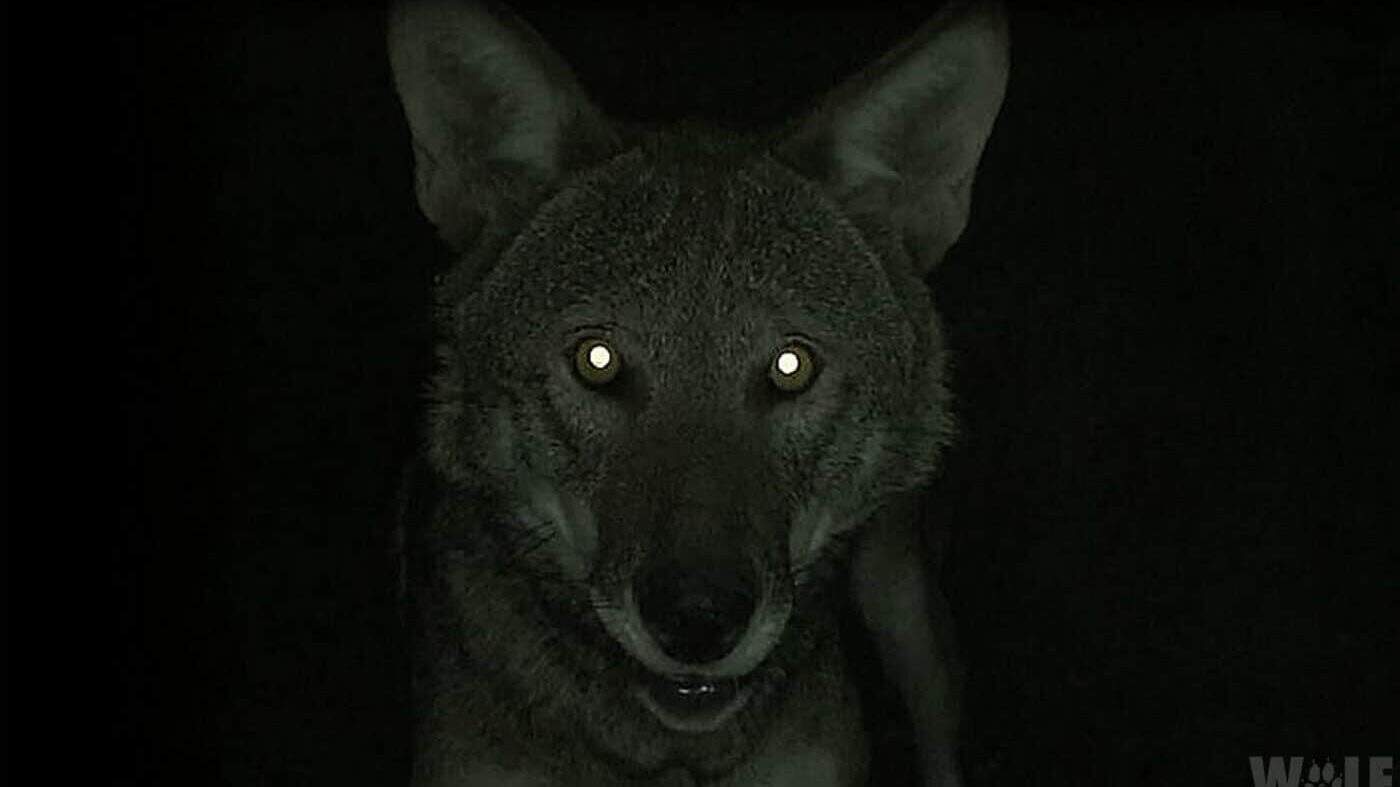
Wolves are crepuscular hunters, most active during dawn and dusk when light conditions challenge human vision. Their exceptional night vision capabilities give them a tremendous advantage during these periods. Research suggests that wolves can see clearly in light that is approximately five times dimmer than what humans require for the same level of visual acuity. This remarkable ability stems from their eye structure and the high concentration of rod cells in their retinas.
While humans struggle to discern shapes in low light, wolves can detect the silhouette of potential prey up to a mile away on a moonlit night. Their night vision does have limitations—in complete darkness, wolves, like all mammals, cannot see. However, conditions that appear pitch black to human observers often contain enough ambient light for wolves to navigate confidently. This superior night vision allows wolves to hunt when their prey may be most vulnerable, while simultaneously avoiding other predators that lack comparable visual abilities in low light.
Motion Detection and Distance Perception

Perhaps the most impressive aspect of wolf vision is their ability to detect movement, particularly at a distance. Wolves can spot the subtle movement of prey from up to 1.5 kilometers (nearly a mile) away in good conditions. This exceptional motion sensitivity allows them to identify potential hunting opportunities long before they’re close enough to be detected by their prey. Their visual system is particularly attuned to horizontal movement across their field of vision, which is consistent with detecting prey animals moving across an open landscape.
Wolves also possess excellent depth perception and distance assessment abilities, crucial for calculating pursuit strategies and executing coordinated pack hunting tactics. Their binocular vision, with approximately 30-40 degrees of overlap between the visual fields of each eye, provides the stereoscopic vision necessary for accurate distance judgment. This visual acuity, combined with their processing of visual data in the wolf’s highly developed brain, allows them to make split-second decisions about whether prey is within striking distance and how to coordinate with other pack members during a chase.
The Structure of a Wolf’s Ear
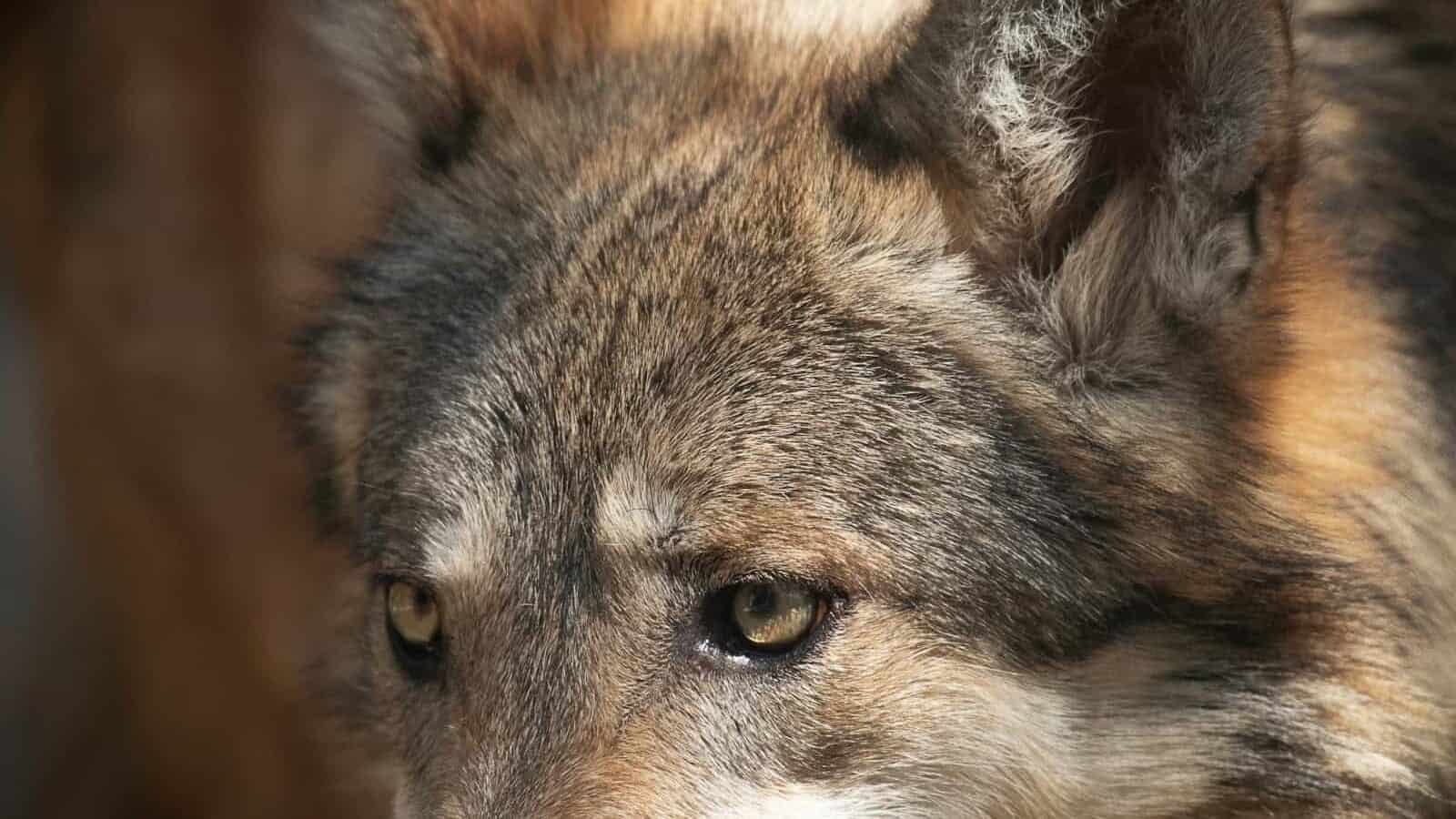
Wolf ears are architectural marvels designed for maximum auditory information gathering. Unlike human ears, wolf ears can independently rotate up to 180 degrees, allowing them to pinpoint sound sources with remarkable precision. Each ear contains over 20 muscles (compared to just 6 in human ears) that facilitate this directional control, giving wolves the ability to create a three-dimensional auditory map of their surroundings without moving their heads.
Internally, wolf ears follow the typical mammalian structure but with several specialized adaptations. Their ear canals are longer and more directional than human ear canals, helping to funnel sound more efficiently to the eardrum. The middle and inner ear structures are also finely tuned for sensitivity, with delicate bones (ossicles) that transfer sound vibrations with minimal energy loss. The cochlea, responsible for converting sound vibrations into neural signals, is particularly sensitive to the frequencies most relevant to wolf survival—including the sounds made by potential prey and the vocalizations of other wolves.
Frequency Range and Distance Detection
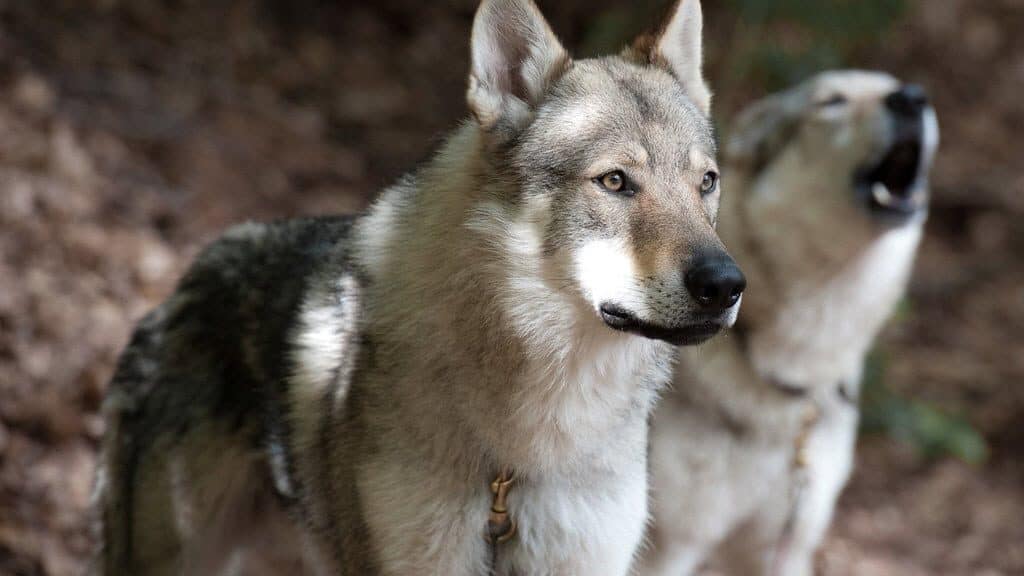
The frequency range of wolf hearing far exceeds human capabilities. While humans typically hear sounds between 20 Hz and 20,000 Hz, wolves can detect sounds ranging from approximately 70 Hz to an astonishing 80,000 Hz. This extended range in the higher frequencies allows wolves to hear the high-pitched sounds made by small rodents—even those inaudible to humans—which constitutes a significant portion of their diet in many regions.
The distance at which wolves can detect sounds is equally impressive. Under favorable conditions, wolves can hear howls from other wolves up to 10 kilometers (6.2 miles) away, allowing pack members to communicate across vast territories. More remarkably, they can detect the footfalls of prey animals from over 1.5 kilometers away and the high-frequency squeaks of rodents from hundreds of meters. This exceptional auditory range explains why wolves often seem to respond to dangers or opportunities that remain completely undetectable to nearby humans. Their hearing allows them to create a detailed auditory picture of their environment, extending far beyond their visual range.
Sound Localization Abilities
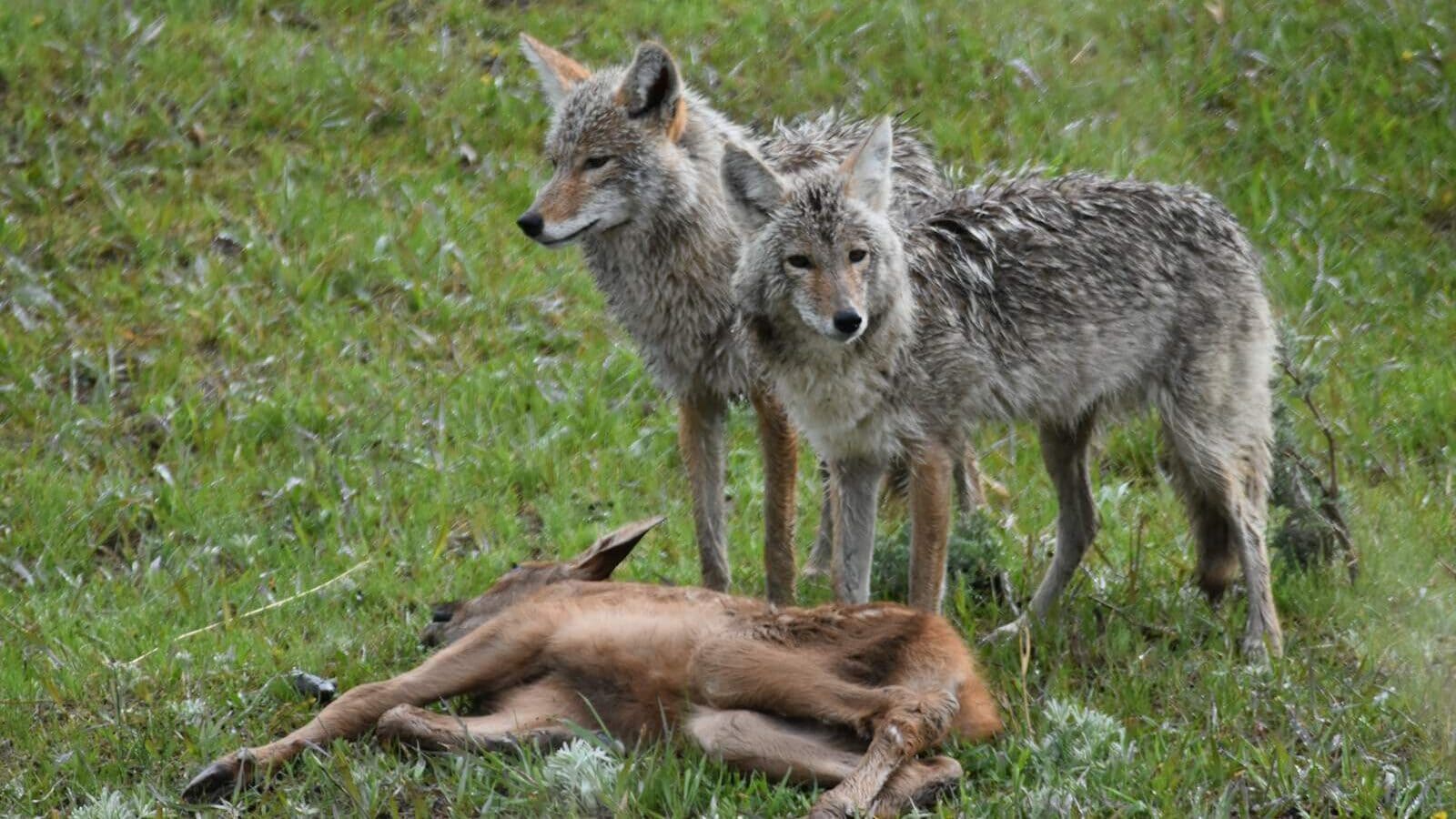
Perhaps the most remarkable aspect of wolf hearing is their ability to precisely locate the source of sounds. This skill, known as sound localization, depends on the wolf’s ability to detect minute differences in the time it takes sound to reach each ear (interaural time difference) and slight variations in sound intensity between ears (interaural level difference). The positioning of their ears on top of their head, combined with the independent mobility of each ear, maximizes these differences and allows for extraordinarily accurate sound localization.
Studies suggest that wolves can pinpoint sound sources with an accuracy of approximately 1-2 degrees in ideal conditions. This precision allows them to locate small prey hiding in underbrush or snow without visual confirmation. A wolf hunting mice or voles beneath snow cover, for instance, can determine the exact location of its prey through sound alone, then execute a precise pouncing maneuver that breaks through the snow directly onto the prey. This remarkable ability provides a significant advantage when hunting in dense vegetation, during snowfall, or in the darkness of night when visual cues are limited.
The Anatomy of a Wolf’s Nose
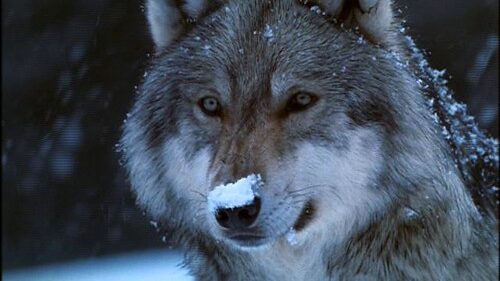
The wolf’s nose represents one of nature’s most sophisticated chemical detection systems. Externally, the large, moist rhinarium (the hairless surface of the nose) provides an extensive surface area for capturing scent particles from the air. Internally, the nasal cavity contains complex structures called turbinates—intricate, scroll-like bones covered with specialized tissue that dramatically increases the surface area available for scent detection. While human nasal passages contain approximately 5 square centimeters of olfactory epithelium (the tissue containing scent receptors), wolves possess around 150 square centimeters—a 30-fold increase.
At the cellular level, wolves possess approximately 280 million olfactory receptors compared to a human’s mere 6 million. This vast difference in receptor quantity is further amplified by the variety of receptor types, allowing wolves to distinguish between thousands of different chemical compounds. Additionally, the olfactory bulb—the portion of the brain that processes scent information—is proportionally much larger in wolves than in humans, occupying approximately 2% of their total brain volume compared to less than 0.1% in humans. This specialized anatomy creates a scent-processing system that is estimated to be at least 100 times more sensitive than human smell, though some experts suggest the difference could be much greater.
Scent Detection Range and Specificity

The range at which wolves can detect scents defies human comprehension. Under ideal conditions—with favorable wind and humidity—wolves can detect the scent of prey animals up to 1.5 miles (2.4 kilometers) away. Even more impressive, they can detect the scent of other wolves and potential territorial intruders from distances of up to 5 miles (8 kilometers). This extraordinary range allows wolves to monitor vast territories without physically traversing every square meter.
The specificity of wolf scent detection is equally remarkable. Wolves can distinguish between individual animals of the same species, determine an animal’s reproductive status, assess its health condition, and even estimate how long ago it passed through an area. Research suggests that wolves can detect concentration differences as small as a few parts per trillion for certain compounds—equivalent to detecting a single drop of a substance in an Olympic-sized swimming pool. This incredible specificity allows wolves to extract detailed information from scent traces that would be completely undetectable to humans. For instance, a wolf can determine whether prey is healthy or weakened (and thus potentially easier to catch) purely through scent, helping them prioritize hunting efforts efficiently.
Tracking Abilities Through Scent

A wolf’s scent-tracking abilities represent one of nature’s most sophisticated navigation systems. Unlike humans who primarily rely on visual landmarks, wolves create detailed mental maps of their territory based largely on scent information. They can follow the trail of specific animals across varying terrain, even when the trail crosses water or rocky areas that would challenge visual tracking. This ability stems not only from their sensitive detection of scent particles but also from their brain’s capacity to assemble these discrete scent points into a coherent trail map.
Perhaps most impressively, wolves can track scents that are days or even weeks old under certain conditions. Factors such as humidity, temperature, and wind patterns affect how long scent molecules remain viable for detection, but wolves have been documented following trails more than two weeks old in favorable environments. This temporal dimension to their tracking ability allows wolves to monitor the movements of prey, competitors, and potential mates across extended periods, effectively expanding their awareness beyond the immediate present. When tracking as a pack, wolves often move in a staggered formation to avoid contaminating the scent trail with their own scent, demonstrating a sophisticated understanding of how their presence affects the scent landscape.
How Wolves Integrate Multiple Senses
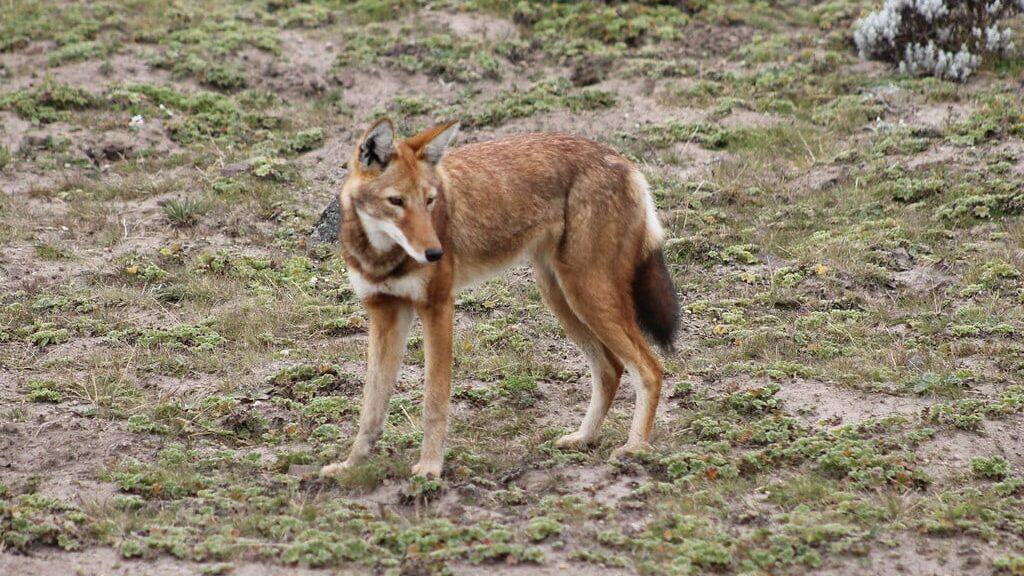
While each wolf sense is remarkable in isolation, the true power of wolf perception comes from the integration of these senses to create a comprehensive understanding of their environment. Rather than relying on a single dominant sense like humans primarily use vision, wolves constantly cross-reference information between their sensory systems. For example, a wolf might initially detect prey through smell, then use its hearing to locate the animal’s precise position, and finally employ vision to coordinate the final approach and attack. This sensory integration creates a more complete and reliable picture of the environment than any single sense could provide.
The wolf brain contains specialized regions dedicated to integrating information across sensory modalities. This neural architecture allows wolves to resolve potential conflicts between sensory inputs and make rapid decisions based on the most reliable information available at any moment. For instance, in dense fog where visual information is limited, a wolf seamlessly shifts reliance to its olfactory and auditory systems without conscious effort. This flexibility and integration across senses explain how wolves can navigate complex environments and make split-second hunting decisions with such apparent ease. Their sensory integration represents one of the most sophisticated information-processing systems in the animal kingdom, perfectly adapted to the challenges of predatory life in diverse habitats.
The sensory capabilities of wolves represent one of nature’s most sophisticated information-gathering systems, finely tuned through millions of years of evolution to support their role as apex predators. Far from being mere biological tools, these remarkable senses define how wolves experience and interact with the world around them—creating a perceptual reality fundamentally different from our own. Where humans perceive a silent forest, wolves detect a landscape rich with auditory information: the subtle movements of rodents beneath fallen leaves, the distant footfalls of deer, and the faint howls of pack members miles away. What appears as a visually uniform landscape to human eyes reveals itself to wolves as a tapestry of movement, shapes, and potential prey, even in the dim light of dusk.
Understanding the extraordinary sensory world of wolves not only deepens our appreciation for these remarkable animals but also offers valuable insights for conservation efforts. Wolf behavior, territory use, and hunting patterns can only be fully understood in the context of their unique sensory capabilities. As we work to protect wolf populations and manage human-wolf interactions, recognizing how wolves perceive their environment—and us—is essential. Moreover, studying wolf senses has practical applications beyond conservation, inspiring innovations in fields ranging from scent detection technology to night vision systems.
Perhaps most profoundly, exploring the sensory world of wolves reminds us of the diversity of perceptual experiences in nature. Each species exists within its own sensory umwelt—a unique perceptual world shaped by evolutionary pressures and ecological niches. By attempting to understand how wolves experience their environment through their extraordinary senses, we glimpse a different way of knowing the world—one that has sustained these remarkable predators across millennia and continues to define their role in wild ecosystems today.
The next time you catch sight of a wolf in the wild or in captivity, remember that you’re observing an animal whose perception of that same moment is vastly different from your own—richer in some dimensions, perhaps poorer in others, but ultimately alien to human experience in ways that continue to fascinate scientists and nature enthusiasts alike. The wolf’s world is one written in scents, sounds, and movements that largely escape human detection, reminding us of the sensory limitations that shape our own understanding of the natural world.
- 10 Species Once Thought Extinct That Made a Comeback - August 9, 2025
- 11 Incredible Animals Found Only in the Pacific Islands - August 9, 2025
- Why Zebras Roll in Dust and Mud - August 9, 2025

